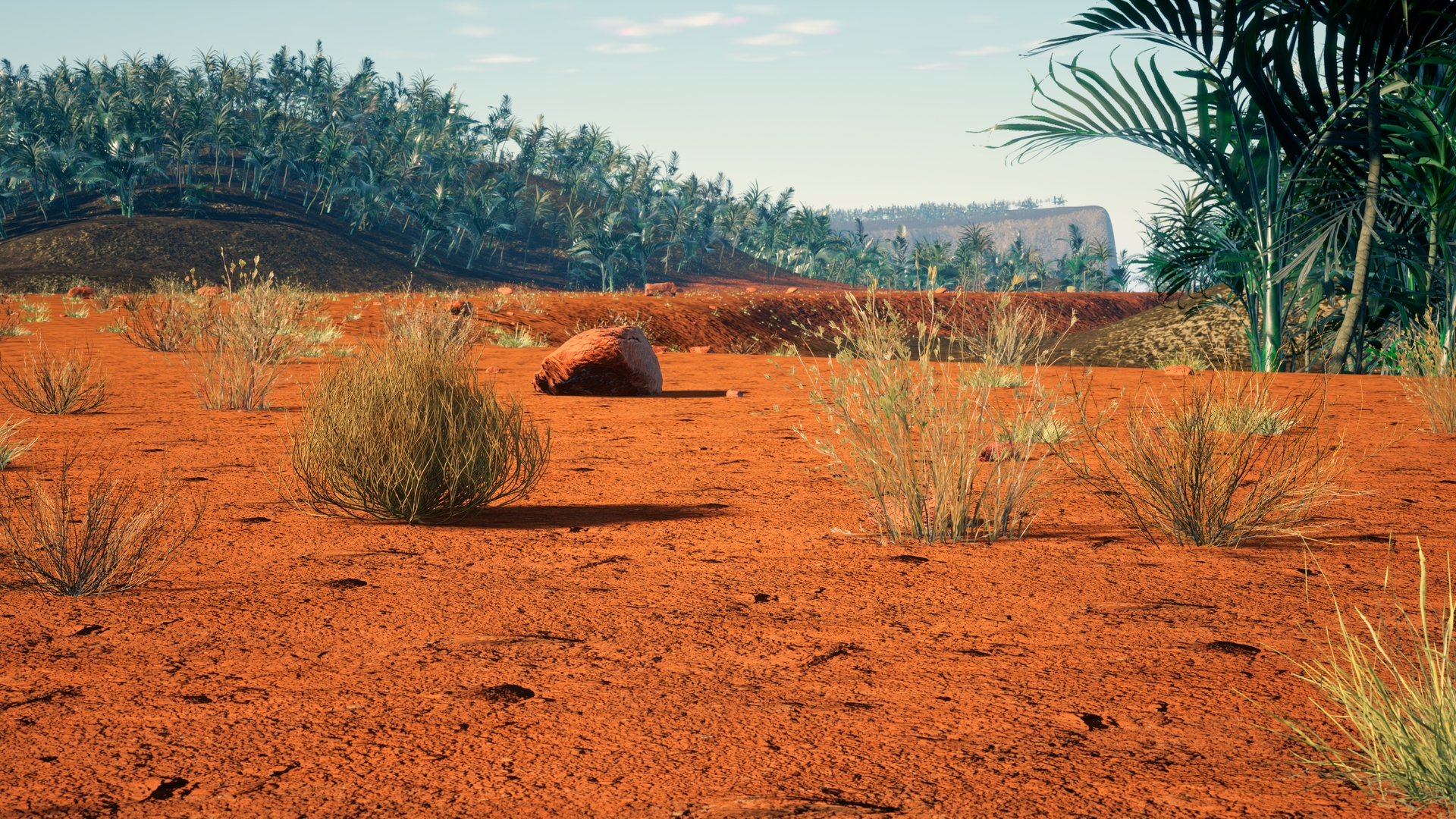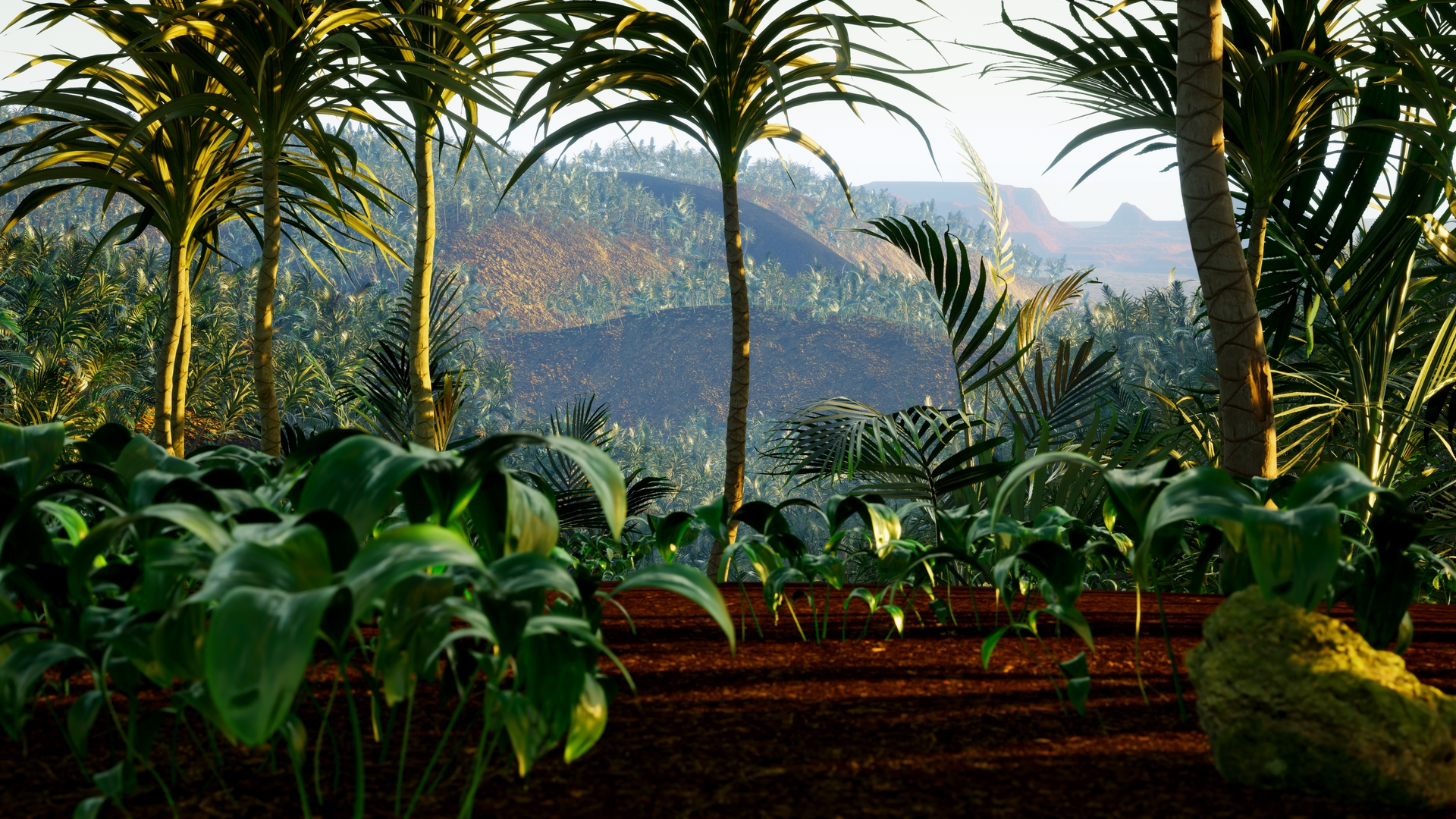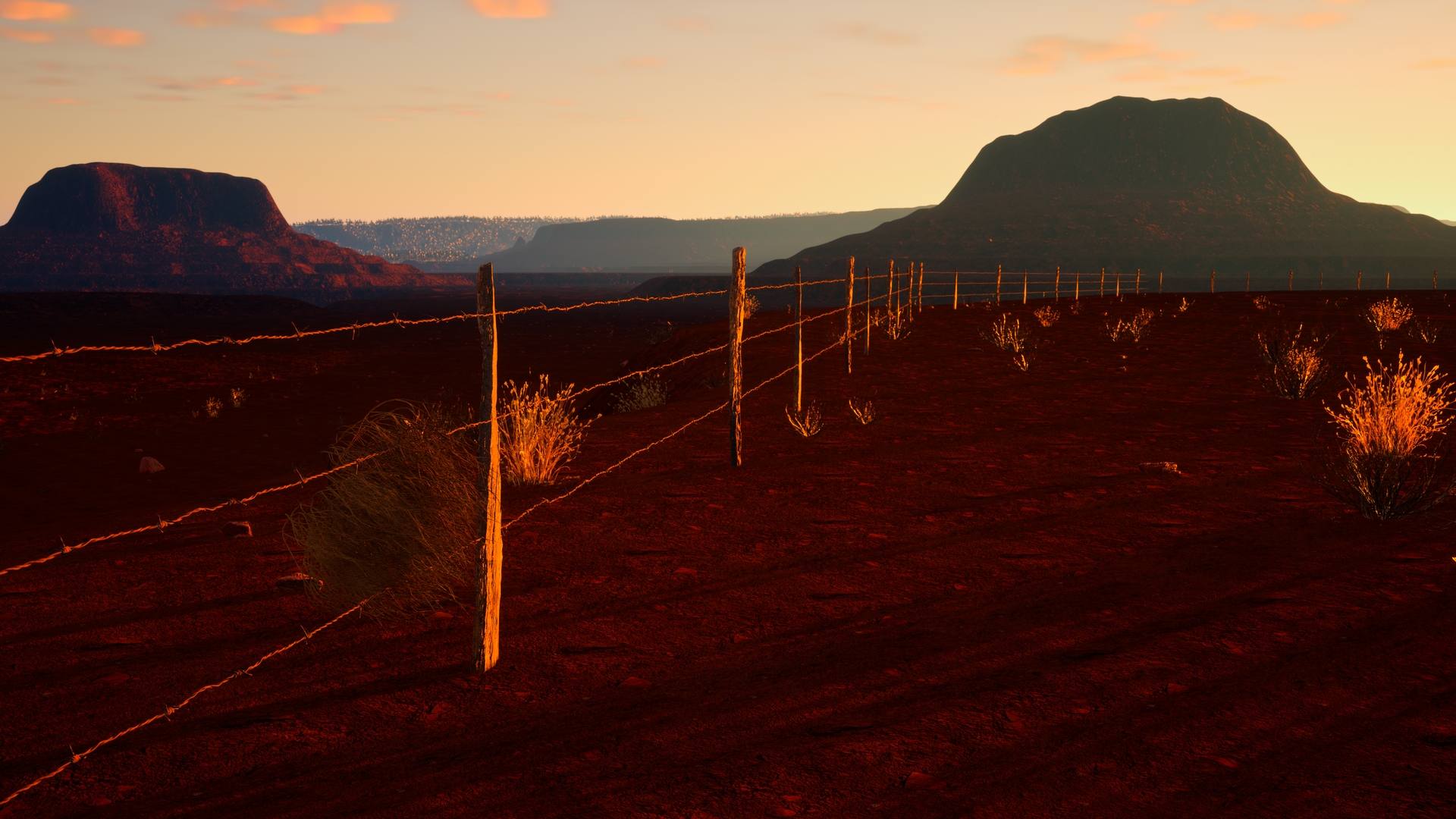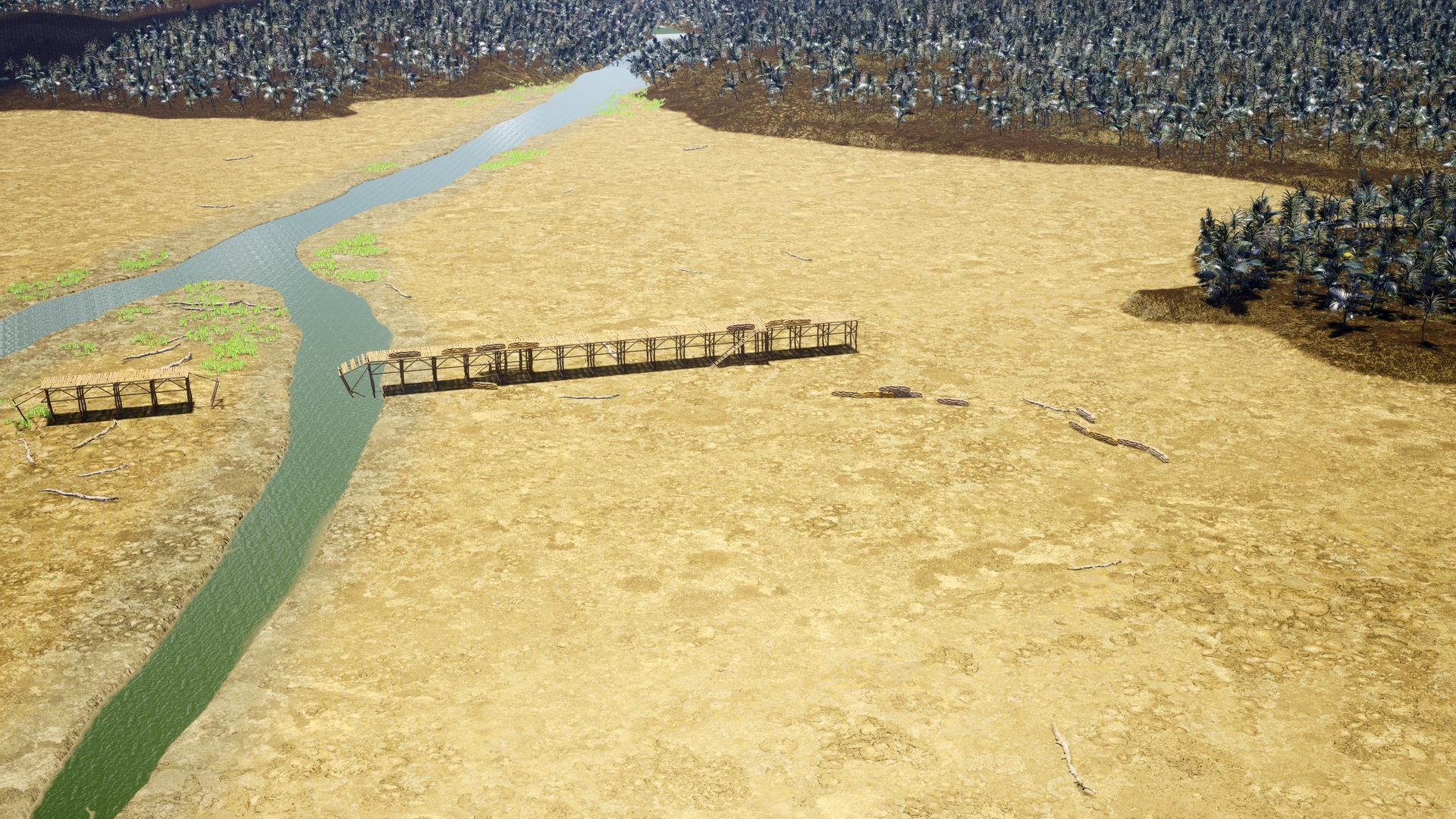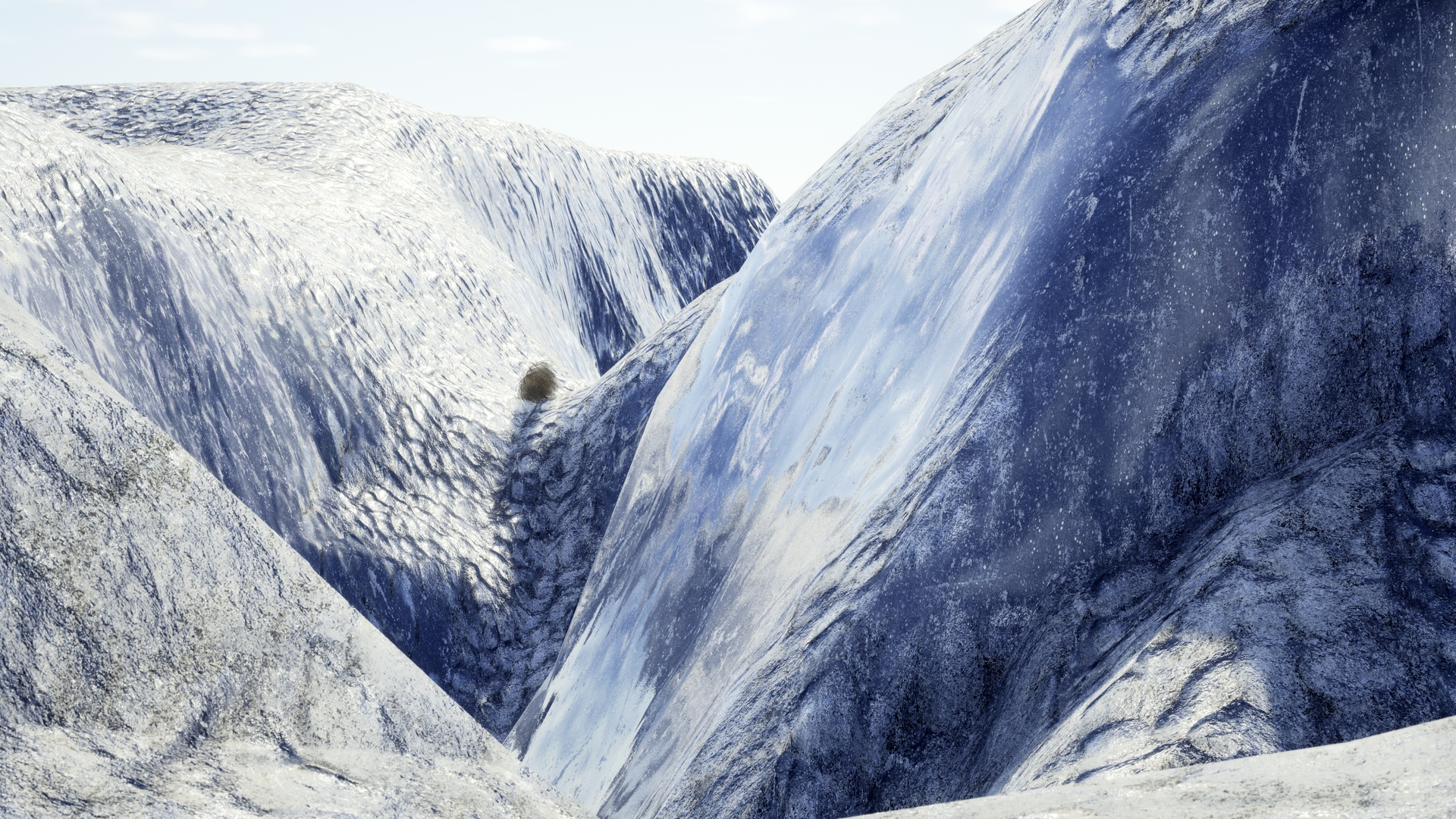Tumbling Tumbleweed

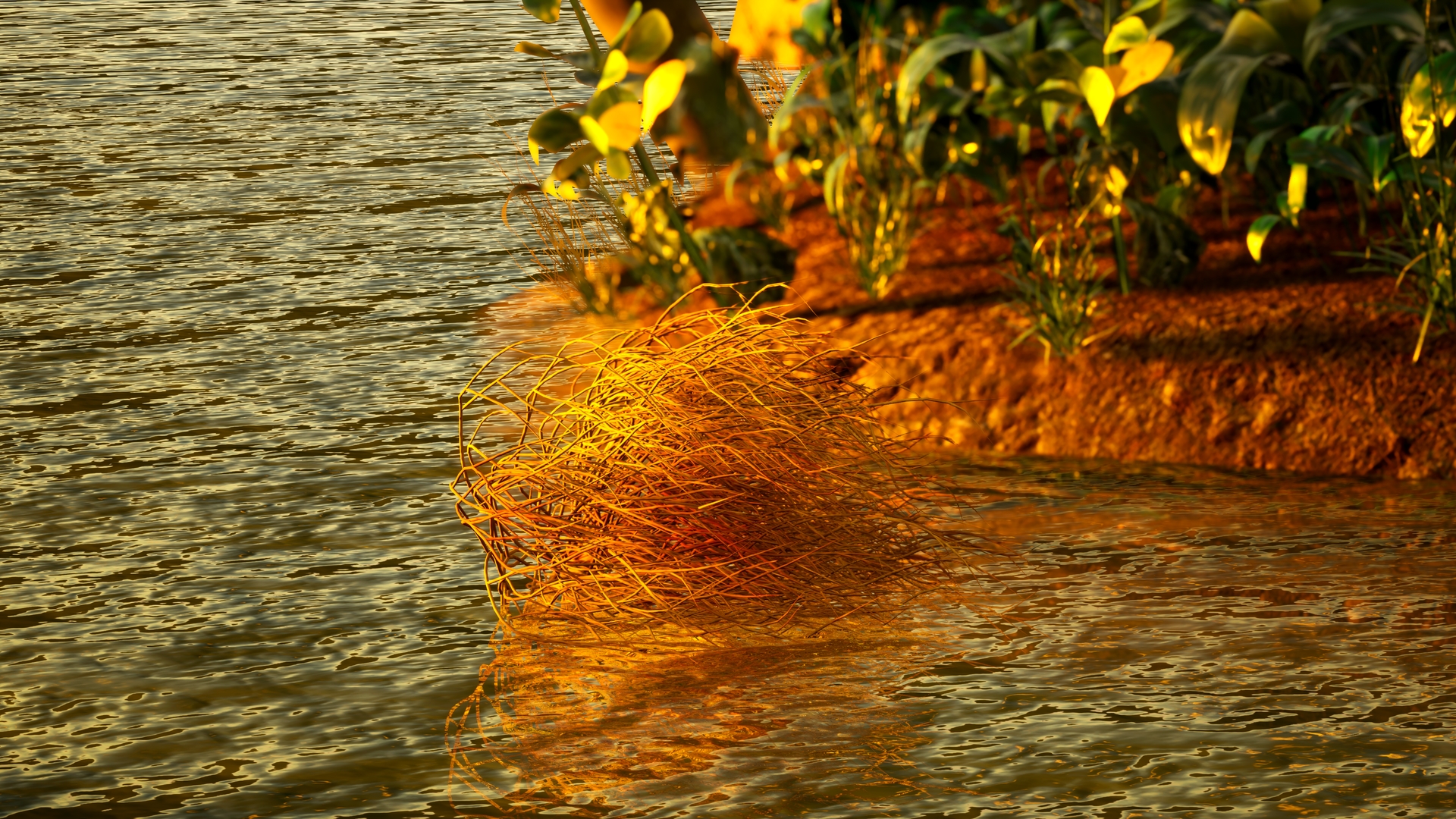
What is Tumbling Tumbleweed?
Tumbling Tumbleweed, Quieter Than Silence is a virtual universe designed with computer software. It stages the migration of a "Russian thistle" or "tumbleweed", an invasive plant that colonized the American continent during the conquest of the West. Presented as a video game and a short film, this digital environment explores the concept of territorial appropriation and reexamines its Hollywood representations.
Genesis of the Project
Colonization of the Territory
In the mid-1870s, a plant from the Central Asian steppes was introduced by mistake into South Dakota, probably via the transport of flax seed from the Russian Empire. As it grows, the Russian thistle becomes a thorny bush that dries out until its roots break. Freed from its attachments, it is carried by the winds and disperses hundreds of thousands of seeds in its choreography. This wild grass grows spontaneously in soils loosened by human activities. The achievement of the American transcontinental, the expansion of communication axes and the development of tourism, have contributed to the dissemination of Russian thistle seeds throughout the territory. As early as 1885, tumbleweeds proliferated west of the Rockies, as well as in certain regions of Mexico and Canada. In an almost symbolic way, this invasive plant manages to achieve its colonization of the New World before the end of the conquest of the West.
Hollywood Colonization
The collective knowledge of the tumbleweed is related to the Hollywood productions that featured these dry bushes in the first western movies. By solving the problem of visual representation of the absence, these tumbleweeds have become a cultural prop of Hollywoodian cinema.
Project Components
The Virtual Universe
The digital environment of Tumbling Tumbleweed consists of an island designed in 3D using topographic data from the film locations of The Searchers (1956) directed by John Ford, Apocalypse Now (1979) by Francis Ford Coppola and Interstellar (2014) of Christopher Nolan. This open-world host diverse ecosystems, such as: deserts, rainforests, mountains, glaciers and beaches. These biotopes merge in border areas that offer the singular vision of a landscape (re)composed of climatically conflicting environments.
The Video Game
By incarnating a tumbleweed, the audience is led by their own curiosity and imagination to freely explore the island. The inexistence of a predefined scenario or character to interact with confronts the player to a feeling of solitude. The island reveals the absence of humans through the persistence of ruins, tools and footprints. Empty of the American pioneers featured in Hollywood productions, the iconic landscapes of the video game express the paradox related to the cinematographic representation of tumbleweed. Indeed, by emphasizing the absence of humans through its presence and its movements, the Russian thistle expresses the idea of a virgin territory. This cinematic prop implicitly evokes the emptiness concept often used to legitimise territorial appropriation.
technical specifications
required os
Windows 64 bits, 8 Go RAM, Intel(R) Core(TM) i7-9750H CPU @ 2.60GHz 2.59 GHz
credits
developed and produced by
Tanguy BENOIT
3d models
Quixel
sound design
Tanguy BENOIT
advisor
Noam TORAN
photographed by
Tanguy BENOIT
